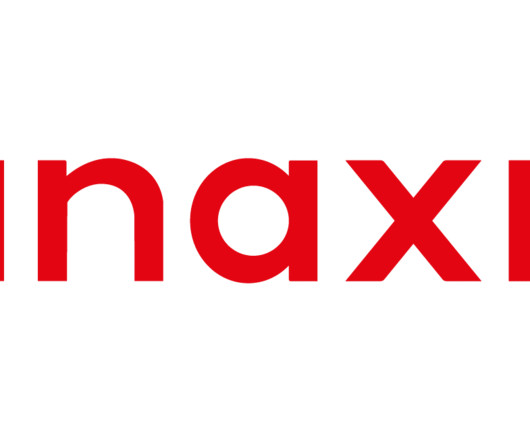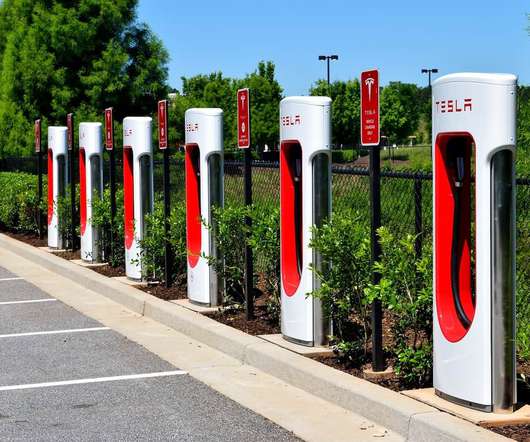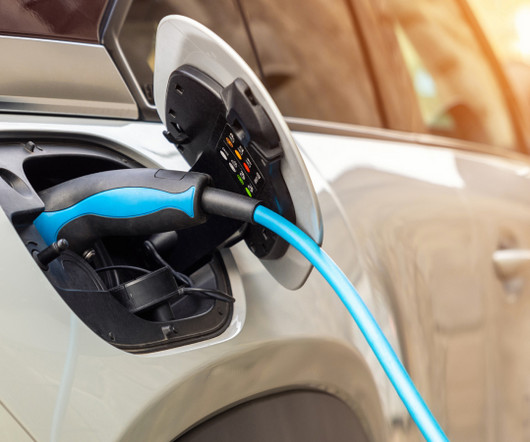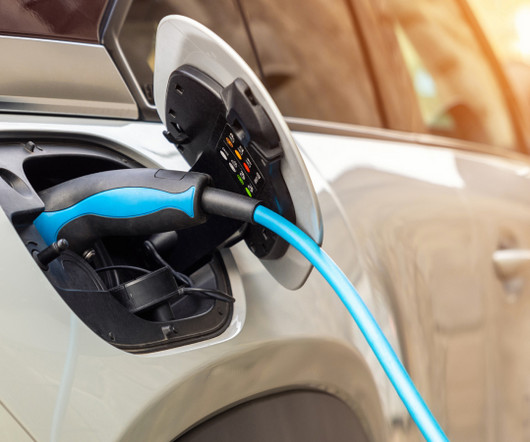U.S. Announces Samsung Electronics Incentives for Semiconductor Production
Supply Chain Matters
APRIL 16, 2024
As noted in a prior Supply Chain Matters semiconductor supply chain commentary, The Wall Street Journal had previously reported that Samsung Electronics would be doubling its planned U.S. Reportedly, Samsung is planning to have the two fabrication facilities to be operational in 2026 and 2027. The post U.S.

















Let's personalize your content